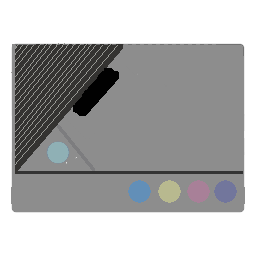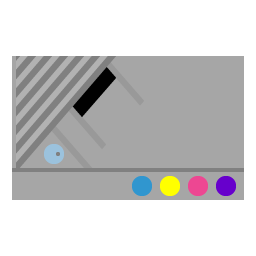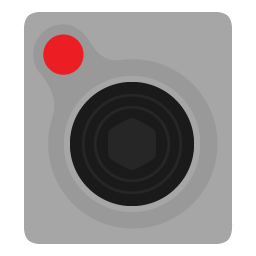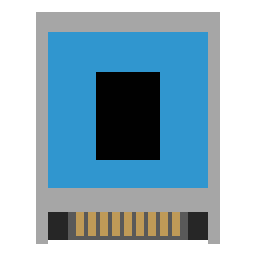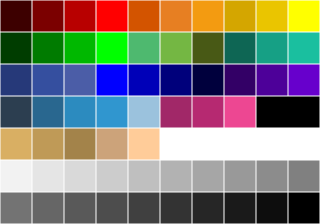I hope you enjoy the NeoActive, RetroActive and Systematic themes for the XMB in RetroArch and Lakka. I have been providing support via the retroarch-assets issues page on GitHub, but I’d like to receive feedback from those who visit the Libretro forums.
If you see an issue with the icons, desktop patterns or fonts of these themes, feel free to respond in this thread.
Did you know that these themes are filled with “easter egg” icons you’ll never see unless you dig into the codebase? For reference, the default RetroArch/Lakka theme has about 300 icons. Systematic has over 610 icons. Retroactive has over 340 icons plus an alternative icon set of 145 icons with parody logos instead of blank labels. The only way to currently use those icons is to rename them with the file name of the default within the theme folder.
I’ve thought about making region-specific themes to help bring some of these icons into the limelight. If I were to do so, I’d probably reduce my focus from three themes down to one. I’d really like to hear what you think about these themes and that will help me decide what to do in the future.


